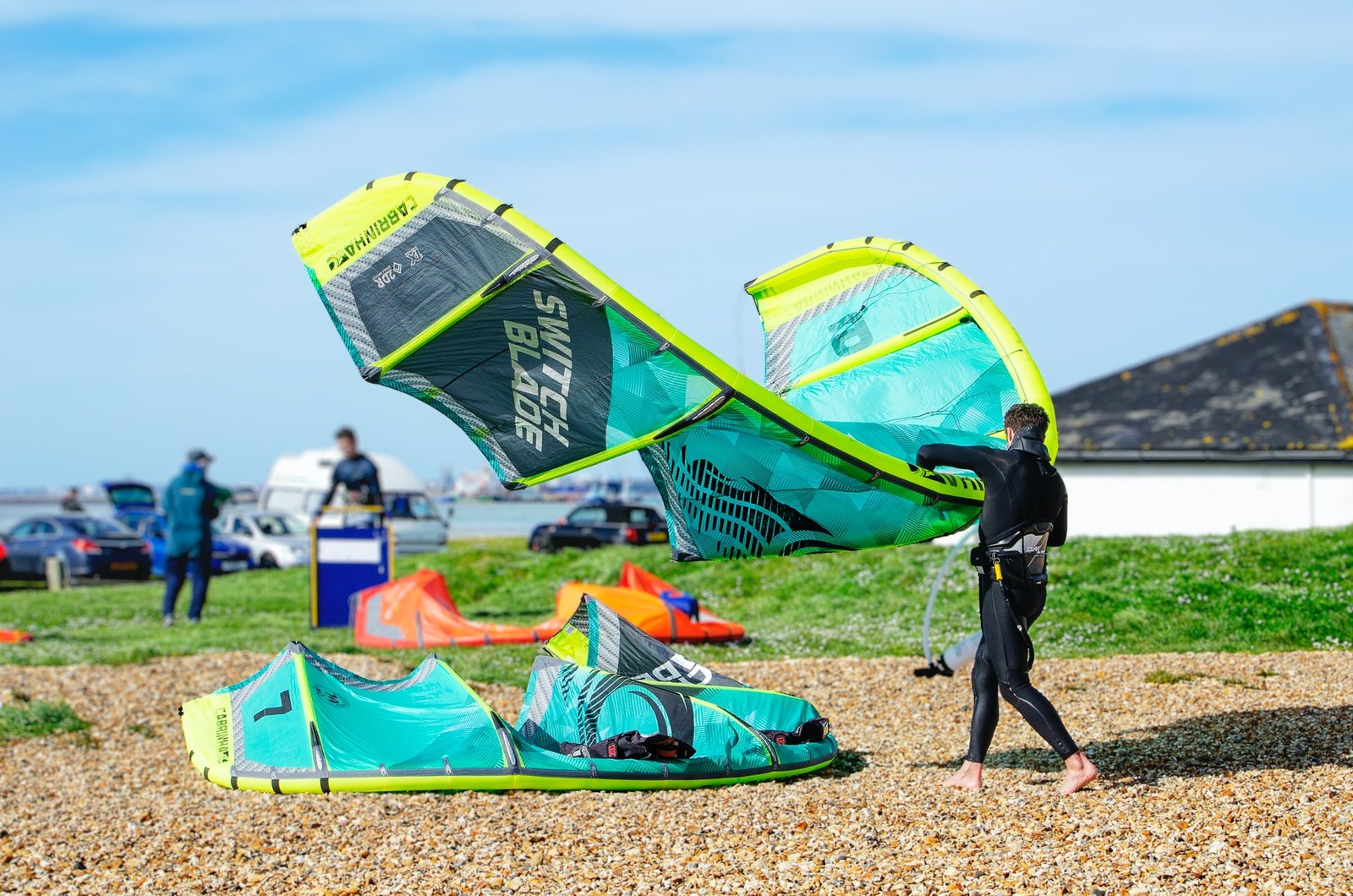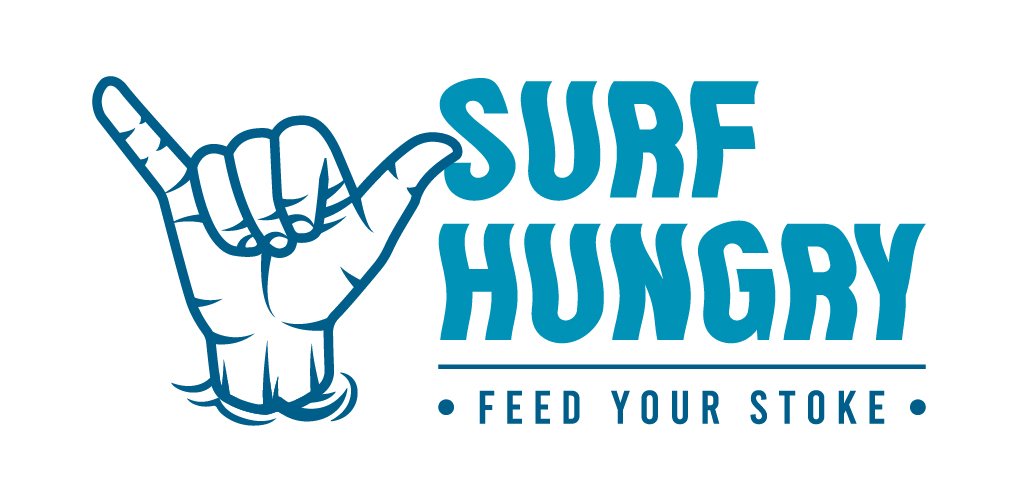Best Gifts for Kitesurfers | 2025 Guide
So, a special occasion is just around the corner. You’ve been thinking of the best gift to give to a particular person, who also happens to be big into kitesurfing. Since the hobby is quite niche, you initially thought that it would be easy to pick a gift that they’d like. However, as you go through numerous pages of gift suggestions, you also realize that they may already have everything they could ever need in their kitesurfing arsenal. Fortunately for you, we’ve created a short list of the best gifts for kitesurfers — items that they’ll surely appreciate, no matter where they are in their kitesurfing journey! Best Gifts for Kitesurfers While it’s highly likely that your kitesurfing pal (or special someone) already has most of the things on this list, there’s still a chance that they’re missing a thing or two. But, even if that’s not the case, there will be at least one item here that will make kitesurfing more efficient for them — or better yet, more enjoyable! Listed below are the best gifts for kitesurfers, in no particular order! #1: Kitesurfing Sunglasses When it comes to kitesurfing, having the right eyewear can significantly enhance your performance and safety on the water. Kitesurfing sunglasses are specifically designed to provide protection against harmful UV rays, reduce glare, and improve visibility in bright, sunny conditions. By shielding your eyes from the sun’s rays and minimizing glare, these sunglasses allow you to focus on the waves ahead with clarity and confidence. One of the key features of kitesurfing sunglasses is polarized lenses. Unlike regular sunglasses, which only darken your vision, polarized lenses contain a special filter that blocks out horizontally polarized light, such as glare reflecting off the water’s surface. This helps to reduce glare and improve contrast, allowing you to see more clearly and comfortably, even in bright sunlight. #2: Eco-Friendly Sunscreen Lotion Protecting your skin from harmful UV rays is crucial, but why not do it in an environmentally friendly way? Eco-friendly sunscreen lotions offer effective sun protection without harming the planet. These lotions are formulated with natural and organic ingredients, free from harmful chemicals like oxybenzone and octinoxate that can damage coral reefs and marine life. By opting for eco-friendly sunscreen lotion, you not only safeguard your skin but also contribute to the preservation of our oceans and ecosystems. Look for brands that prioritize sustainability and use biodegradable packaging, ensuring your sun protection routine aligns with your commitment to the environment. Enjoy the sun responsibly with eco-friendly sunscreen lotion and bask in the beauty of nature without leaving a harmful footprint behind. #3: Waterproof Bag A waterproof bag is a must-have accessory for anyone who loves outdoor adventures, especially for kitesurfers who spend a lot of time on the water. These bags are designed to keep your belongings safe and dry, even in the harshest conditions. Whether you’re hitting the waves or exploring the beach, a waterproof bag provides peace of mind knowing that your essentials, such as your phone, wallet, and keys, are protected from water damage. Look for bags with durable materials, welded seams, and secure closures to ensure maximum waterproofing. With a waterproof bag by your side, you can fully immerse yourself in your kitesurfing experience without worrying about your gear getting soaked. #4: Digital Anemometer A digital anemometer is a handy tool for kitesurfers looking to optimize their riding conditions. This device measures wind speed, allowing riders to gauge the ideal conditions for their sport. With its compact and portable design, a digital anemometer can easily fit into your pocket or gear bag, making it convenient to carry wherever you go. By accurately measuring wind speed, kitesurfers can make informed decisions about when to hit the water, ensuring they maximize their time on the waves. Whether you’re a beginner learning the ropes or a seasoned pro chasing the wind, a digital anemometer is an essential gadget to have in your kitesurfing arsenal. #5: Wetsuit Changing Mat A wetsuit changing mat is a practical accessory for any kitesurfer or water sports enthusiast. This specialized mat provides a clean and comfortable surface for changing in and out of your wetsuit, whether you’re at the beach, by the lake, or at a kitesurfing spot. Made from durable and water-resistant materials, such as neoprene or PVC, a wetsuit changing mat ensures that sand, dirt, and water stay contained, keeping your wetsuit and other gear clean and free from debris. Additionally, some changing mats feature convenient pockets or compartments for storing small items like sunscreen, wax, or keys, keeping everything organized and easily accessible. With a wetsuit changing mat, you can streamline your changing process and focus on enjoying your kitesurfing adventures without worrying about messy cleanup afterward. #6: Surf Poncho A surf poncho is a versatile and practical accessory that’s perfect for kitesurfers and surfers alike. This cozy garment serves multiple purposes, making it a must-have item for anyone who loves spending time in the water. The surf poncho is designed to be worn over your wetsuit or swimwear, providing instant warmth and protection from the elements after a session in the water. Its loose and roomy fit allows for easy changing underneath, offering privacy and comfort on the beach or in the parking lot. Additionally, many surf ponchos feature built-in hoods and pockets, providing extra coverage and storage for essentials like keys, sunscreen, or snacks. Made from absorbent and quick-drying materials like cotton or microfiber, a surf poncho helps you stay dry and cozy while you’re on land, allowing you to relax and unwind after a thrilling day on the waves. #7: Solar-Powered Charger A solar-powered charger is a revolutionary device that harnesses the energy of the sun to charge your electronic gadgets, offering a convenient and eco-friendly power solution for outdoor enthusiasts and adventurers. This innovative charger utilizes solar panels to convert sunlight into electricity, which is then stored in an integrated battery or power bank. With a solar-powered charger, you can recharge your … Read more











